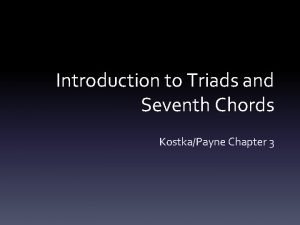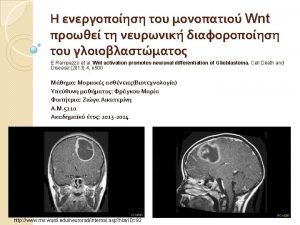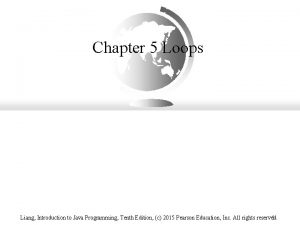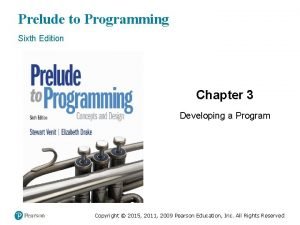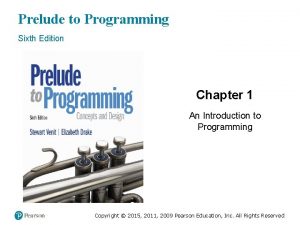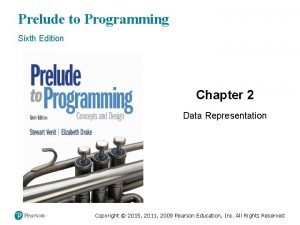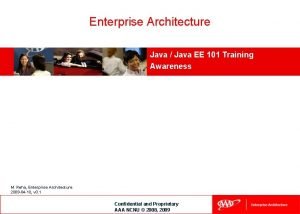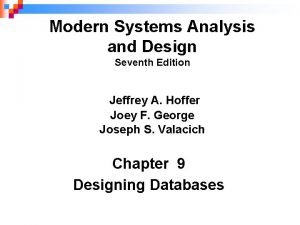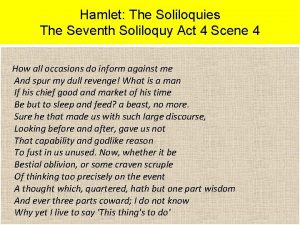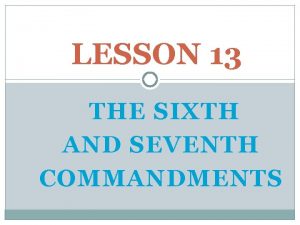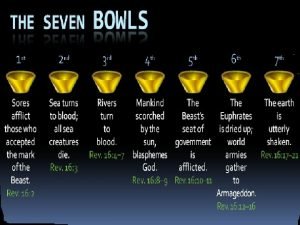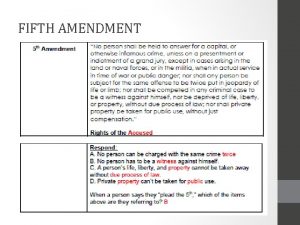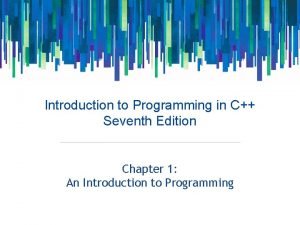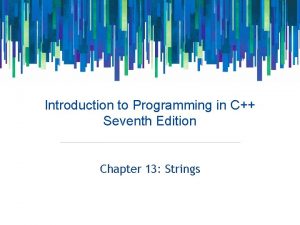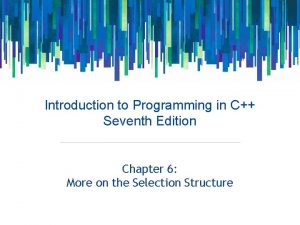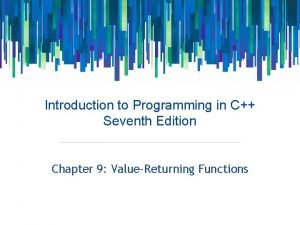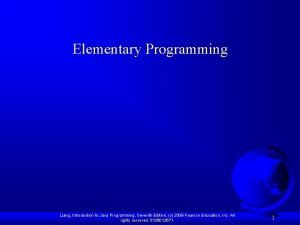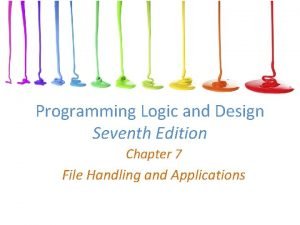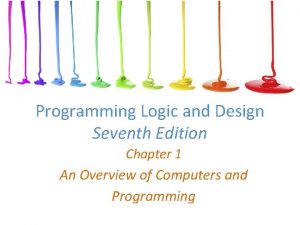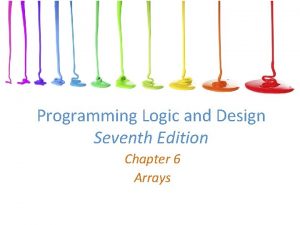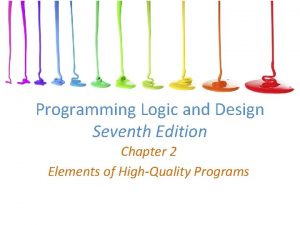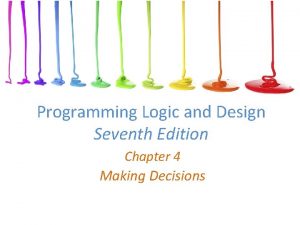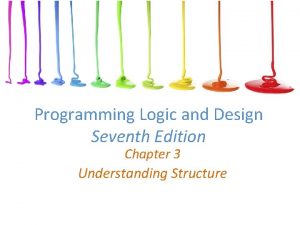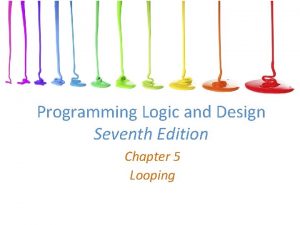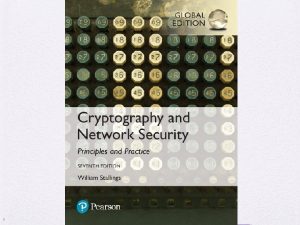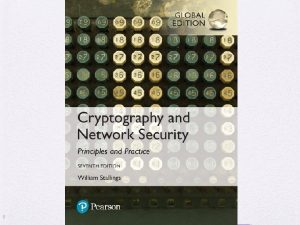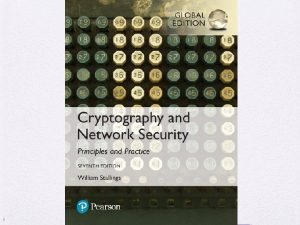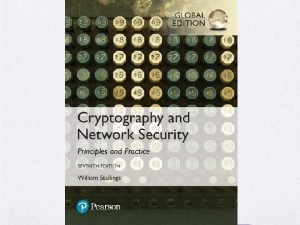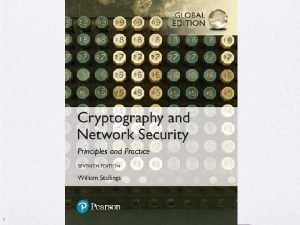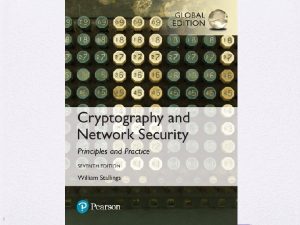Introduction to Programming in C Seventh Edition Chapter










































- Slides: 42

Introduction to Programming in C++ Seventh Edition Chapter 14: Sequential Access Files

Objectives • Create file objects • Open a sequential access file • Determine whether a sequential access file was opened successfully • Write data to a sequential access file • Read data from a sequential access file • Test for the end of a sequential access file • Close a sequential access file An Introduction to Programming with C++, Seventh Edition 2

File Types • In addition to getting data from the keyboard and sending data to the screen, a program also can get data from and send data to a file on a disk • Getting data from a file is referred to as “reading the file, ” and sending data to a file is referred to as “writing to the file” • Files to which data is written are called output files, and files that are read by the computer are called input files An Introduction to Programming with C++, Seventh Edition 3

File Types (cont’d. ) • Most input and output files are composed of lines of text that are written and read sequentially (in consecutive order, one line at a time) • Such files are referred to as sequential access files (also text files, since they store text) • You can also create random access and binary access files, which let you access data in random order and according to their byte locations, respectively An Introduction to Programming with C++, Seventh Edition 4

The CD Collection Program • Program manages a CD collection by using a sequential access file to store the names of CDs along with the names of artists • Uses two void functions, save. Cd and display. Cds • The save. Cd function gets CD’s name and artist’s name from the keyboard and saves them in a sequential access file • The display. Cds function displays contents of sequential access file on screen An Introduction to Programming with C++, Seventh Edition 5

The CD Collection Program (cont’d. ) Figure 14 -2 Problem specification and IPO charts for the CD collection program An Introduction to Programming with C++, Seventh Edition 6

The CD Collection Program (cont’d. ) Figure 14 -2 IPO charts for the CD collection program (cont’d. ) An Introduction to Programming with C++, Seventh Edition 7

The CD Collection Program (cont’d. ) Figure 14 -2 IPO charts for the CD collection program (cont’d. ) An Introduction to Programming with C++, Seventh Edition 8

Creating File Objects • The iostream file contains the definitions of the istream and ostream classes from which the cin and cout objects, respectively, are created • You do not have to create the cin and cout objects in a program because C++ creates the objects in the iostream file for you • Objects are also used to perform file input and output operations in C++, but they must be created by the programmer An Introduction to Programming with C++, Seventh Edition 9

Creating File Objects (cont’d. ) • To create a file object in a program, the program must contain the #include <fstream> directive • The fstream file contains the definitions of the ifstream (input file stream) and ofstream (output file stream) objects, which allow you to create input file objects and output file objects • Although not required, it is useful to begin input file object names with “in” and output file object names with “out”, so as to distinguish a program’s input file objects from its output file objects An Introduction to Programming with C++, Seventh Edition 10

Creating File Objects (cont’d. ) Figure 14 -3 How to create input and output file objects An Introduction to Programming with C++, Seventh Edition 11

Opening a Sequential Access File • You use the open function to open actual files on your computer’s disk • Syntax is: – file. Object. open(file. Name[, mode]); – file. Object: name of existing ifstream or ofstream file object – file. Name: name of file you want to open • Function opens file in file. Name and associates it with file. Object variable An Introduction to Programming with C++, Seventh Edition 12

Opening a Sequential Access File (cont’d. ) • file. Name argument may contain an optional path • If it does not contain a path, computer assumes the file is located in the same folder as program • Optional mode argument indicates how the file is to be opened • Use ios: : in mode to open a file for input • Use ios: : out and ios: : app to open a file for output An Introduction to Programming with C++, Seventh Edition 13

Opening a Sequential Access File (cont’d. ) • Use ios: : app mode (app stands for append) when you want to add data to the end of an existing file – File is created if it does not exist • Use the ios: : out mode to open a new, empty file – File is erased if it already exists • Two colons (: : ) are called scope resolution operators and indicate that the keywords in, out, and app are defined in the ios class An Introduction to Programming with C++, Seventh Edition 14

Opening a Sequential Access File (cont’d. ) • ios: : out is default mode for output file objects • Computer uses a file pointer to keep track of the next character to read or write from a file • When you open a file for input, the file pointer is positioned at beginning of file • When you open a file for output, the file pointer is positioned at beginning of an empty file • When you open a file for append, the file pointer is positioned immediately after last character in file An Introduction to Programming with C++, Seventh Edition 15

Opening a Sequential Access File (cont’d. ) Figure 14 -4 How to open a sequential access file An Introduction to Programming with C++, Seventh Edition 16

Opening a Sequential Access File (cont’d. ) Figure 14 -4 How to open a sequential access file (cont’d. ) An Introduction to Programming with C++, Seventh Edition 17

Opening a Sequential Access File (cont’d. ) Figure 14 -5 Position of the file pointer when files are opened for input, output, and append An Introduction to Programming with C++, Seventh Edition 18

Determining Whether a File Was Opened Successfully • open function can fail when attempting to open a file (e. g. , path does not exist) • You use the is_open function to determine whether a file was opened successfully – Returns Boolean value true if the open function was successful; false otherwise – Syntax is file. Object. is_open() – The ! is the Not logical operator, which is used to reverse the truth value of a Boolean expression An Introduction to Programming with C++, Seventh Edition 19

Determining Whether a File Was Opened Successfully (cont’d. ) Figure 14 -6 How to determine success of open function An Introduction to Programming with C++, Seventh Edition 20

Writing Data to a Sequential Access File • Syntax for writing data to a file is: – file. Object << data • A field is a single item of information • A record is a collection of one or more related fields • To distinguish one record from another, you can write each record on a separate line by including the endl stream manipulator at the end of a statement that writes a record • You can separate multiple fields in a record with a character literal constant (e. g. , ‘#’) An Introduction to Programming with C++, Seventh Edition 21

Writing Data to a Sequential Access File (cont’d. ) Figure 14 -7 How to write data to a sequential access file An Introduction to Programming with C++, Seventh Edition 22

Writing Data to a Sequential Access File (cont’d. ) Figure 14 -8 The years. And. Salaries sequential access file opened in a text editor An Introduction to Programming with C++, Seventh Edition 23

Reading Information from a Sequential Access File • Syntax for reading numeric and char data from a sequential access file is: – file. Object >> variable. Name • For string data, you use: – getline(file. Object, string. Variable. Name [, delimiter. Character]); An Introduction to Programming with C++, Seventh Edition 24

Reading Information from a Sequential Access File (cont’d. ) Figure 14 -9 How to read data from a sequential access file An Introduction to Programming with C++, Seventh Edition 25

Testing for the End of a Sequential Access File • Each time a character is read from a file, the file pointer is moved to the next character • When an entire line is read, the file pointer is moved to the next line of the file • The eof function determines whether the last character in a file has been read • Returns true if file pointer is located at end of file; false otherwise • Syntax: file. Object. eof() An Introduction to Programming with C++, Seventh Edition 26

Testing for the End of a Sequential Access File (cont’d. ) Figure 14 -10 How to test for the end of a sequential access file An Introduction to Programming with C++, Seventh Edition 27

Closing a Sequential Access File • To prevent loss of data, you use the close function to close a sequential access file as soon as the program is finished using it • Syntax: file. Object. close() • Function closes the file associated with file. Object so that it can be accessed by other programs or file objects correctly An Introduction to Programming with C++, Seventh Edition 28

Closing a Sequential Access File (cont’d. ) Figure 14 -11 How to close a sequential access file An Introduction to Programming with C++, Seventh Edition 29

Coding the CD Collection Program • CD collection program (following slides) uses file input/output concepts presented earlier An Introduction to Programming with C++, Seventh Edition 30

Coding the CD Collection Program (cont’d. ) Figure 14 -12 IPO chart and C++ instructions for the CD collection program An Introduction to Programming with C++, Seventh Edition 31

Coding the CD Collection Program (cont’d. ) Figure 14 -12 IPO chart and C++ instructions for the CD collection program (cont’d. ) An Introduction to Programming with C++, Seventh Edition 32

Coding the CD Collection Program (cont’d. ) Figure 14 -12 IPO chart and C++ instructions for the CD collection program (cont’d. ) An Introduction to Programming with C++, Seventh Edition 33

Coding the CD Collection Program (cont’d. ) Figure 14 -13 CD collection program An Introduction to Programming with C++, Seventh Edition 34

Coding the CD Collection Program (cont’d. ) Figure 14 -13 CD collection program (cont’d. ) An Introduction to Programming with C++, Seventh Edition 35

Coding the CD Collection Program (cont’d. ) Figure 14 -13 CD collection program (cont’d. ) An Introduction to Programming with C++, Seventh Edition 36

Coding the CD Collection Program (cont’d. ) Figure 14 -14 Sample run of the CD collection program An Introduction to Programming with C++, Seventh Edition 37

Coding the CD Collection Program (cont’d. ) Figure 14 -15 The cds. txt sequential access file opened in a text editor An Introduction to Programming with C++, Seventh Edition 38

Summary • Sequential access files can be either input files or output files • Input files are files whose contents are read by a program • Output files are files to which a program writes data • To create a file object in a program, the program must contain the #include <fstream> directive • You use the ifstream and ofstream classes, which are defined in the fstream file, to create input and output file objects, respectively An Introduction to Programming with C++, Seventh Edition 39

Summary (cont’d. ) • The file objects are used to represent the actual files stored on your computer’s disk • After creating a file object, you then use the open function to open the file for input, output, or append • You can use the is_open function to determine whether the open function either succeeded or failed to open a sequential access file • The is_open function returns true if the open function was successful and false if it failed An Introduction to Programming with C++, Seventh Edition 40

Summary (cont’d. ) • You can write each record in a file on a separate line by including the endl stream manipulator at the end of each statement that writes a record • If the record contains more than one field, you can use a character (such as '#') to separate data in one field from data in another field • When reading data from a file, you use the eof function to determine whether the file pointer is at the end of the file An Introduction to Programming with C++, Seventh Edition 41

Summary (cont’d. ) • If the file pointer is located after the last character in the file, the eof function returns true; otherwise, it returns false • When a program is finished with a file, you should use the close function to close it • Failing to close an open file can result in loss of data An Introduction to Programming with C++, Seventh Edition 42
 Seventh chord inversion symbols
Seventh chord inversion symbols Human anatomy and physiology seventh edition marieb
Human anatomy and physiology seventh edition marieb Database system concepts seventh edition
Database system concepts seventh edition Principles of information security, 7th edition
Principles of information security, 7th edition Molecular biology of the cell seventh edition
Molecular biology of the cell seventh edition Biology seventh edition
Biology seventh edition Introduction to java programming 10th edition quizzes
Introduction to java programming 10th edition quizzes Using mis (10th edition) 10th edition
Using mis (10th edition) 10th edition Mis
Mis Computer programming chapter 1
Computer programming chapter 1 History of python
History of python Chapter 1 introduction to computers and programming
Chapter 1 introduction to computers and programming C programming chapter 1
C programming chapter 1 Prelude to programming 6th edition
Prelude to programming 6th edition Prelude to programming 6th edition
Prelude to programming 6th edition Prelude to programming 6th edition
Prelude to programming 6th edition Java programming enterprise edition course
Java programming enterprise edition course Expert systems: principles and programming, fourth edition
Expert systems: principles and programming, fourth edition Perbedaan linear programming dan integer programming
Perbedaan linear programming dan integer programming Greedy algorithm vs dynamic programming
Greedy algorithm vs dynamic programming Runtime programming
Runtime programming Integer programming vs linear programming
Integer programming vs linear programming Definisi linear
Definisi linear Satan from the seventh grade
Satan from the seventh grade The seventh man characters
The seventh man characters You shall not steal
You shall not steal Third circle of hell
Third circle of hell Seventh-day adventist leadership structure
Seventh-day adventist leadership structure Brave seventh grade viking warrior
Brave seventh grade viking warrior The seventh man
The seventh man Article 7 apostles creed
Article 7 apostles creed Mother and daughter by gary soto character traits
Mother and daughter by gary soto character traits Seventh normal form
Seventh normal form Hamlet's soliloquy act 4 scene 4
Hamlet's soliloquy act 4 scene 4 Kids activity in riverside seventh day baptist church
Kids activity in riverside seventh day baptist church The fifth, sixth, seventh, and eighth amendments protect *
The fifth, sixth, seventh, and eighth amendments protect * 7th day adventist lifestyle
7th day adventist lifestyle Sixth and seventh commandments
Sixth and seventh commandments At the seventh sprint review the stakeholders
At the seventh sprint review the stakeholders Seventh grade by gary soto character traits
Seventh grade by gary soto character traits Trumpets of revelation
Trumpets of revelation Seventh cranial nerve
Seventh cranial nerve Seventh amendment meaning
Seventh amendment meaning
